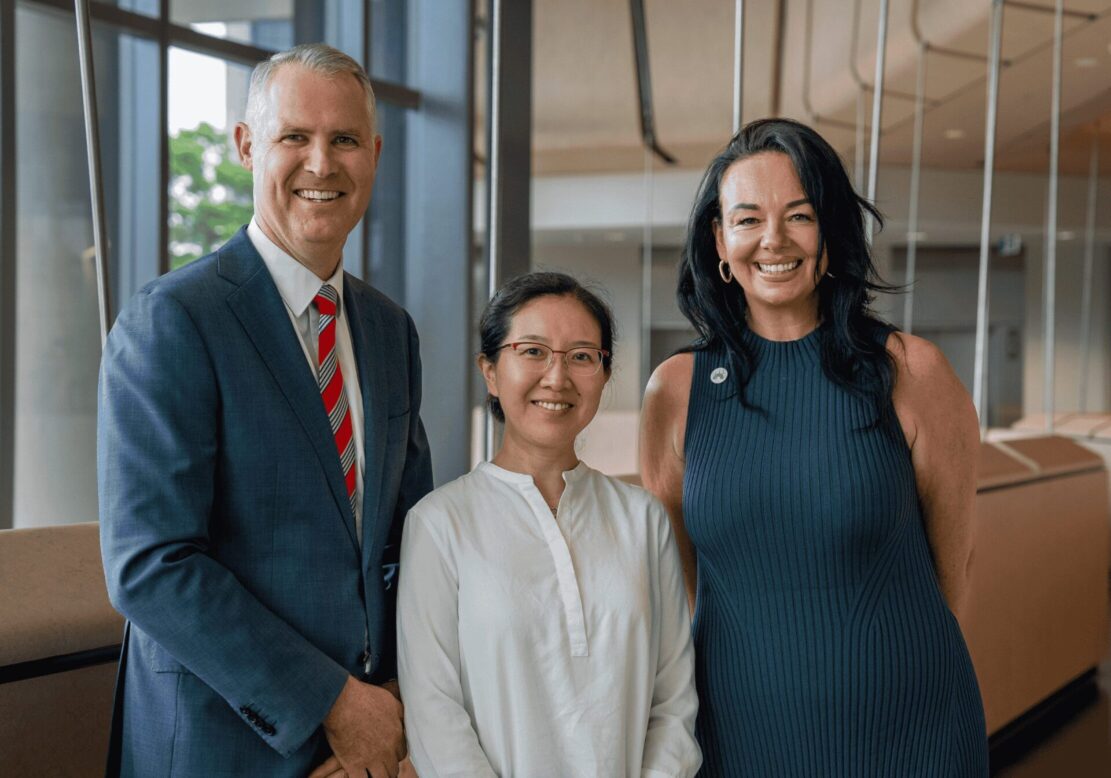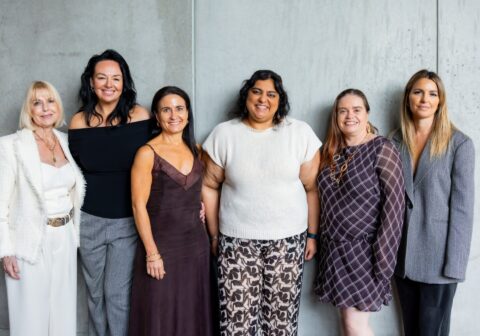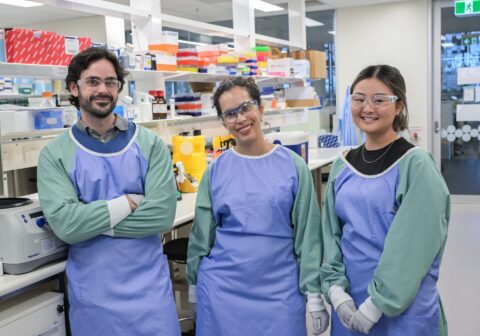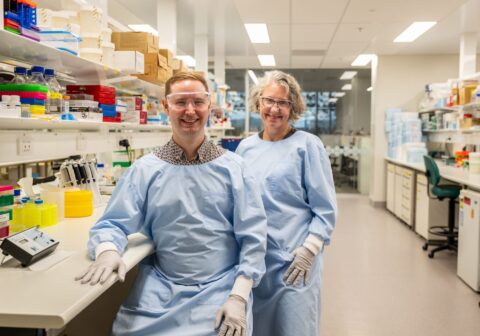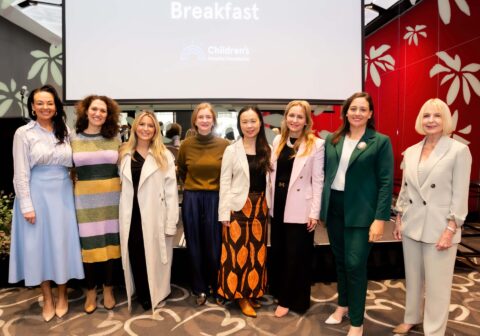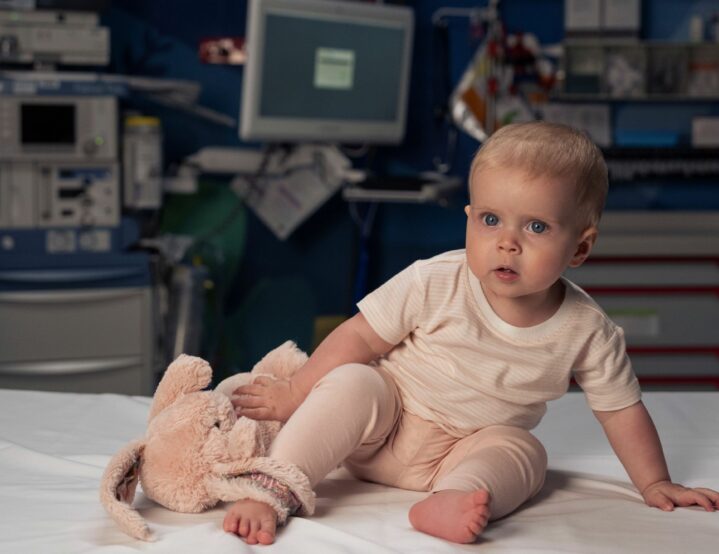A world-leading research collaboration at the Children’s Brain Cancer Centre has shown that a promising new targeted therapy for childhood brain cancer can effectively infiltrate and destroy tumour cells in preclinical models.
The team has hailed the findings as potentially transformative for the treatment of the most common childhood brain cancer – medulloblastoma – and could apply to other brain cancers such as glioblastoma (GMB) and diffuse intrinsic pontine glioma (DIPG).
Findings that could be life changing for the 550+ children that have been treated for low and high-grade brain tumour since Queensland Children’s Hospital opened its doors in 2014.
Penetrating the blood-brain barrier through CT-179
Brain cancer kills more Australian children than any other disease. And for the children who survive, standard treatments have long-term impacts on their development and quality of life.
Through collaborating with US biopharmaceutical company – Curtana Pharmaceuticals – researchers at QIMR Berghofer and Emory University have developed an experimental drug known as CT-179.
CT-179 effectively targets the protein OLIG2, which is a known stem cell marker crucial in the initiation and recurrence of brain cancers.
Professor Bryan Day, who leads QIMR Berghofer’s Sid Faithfull Brain Cancer Laboratory and is Co-director of the Children’s Brain Cancer Centre, described the findings as a breakthrough.
“Our study demonstrated that the drug CT-179, used in combination with standard radiation therapy prolonged survival in a range of preclinical medulloblastoma models, delayed recurrence of the disease and increased the effectiveness of radiotherapy,” Professor Day said.
“This research could potentially lead to new combination therapies that are less toxic, more effective and improve outcomes for these young patients.”
QIMR Berghofer post-doctoral researcher Dr Yuchen (Michelle) Li, who was joint first author on the study, is hopeful this translational research can improve the quality of life of children with brain cancer.
“The blood-brain barrier is a big obstacle in terms of treating brain cancer,” Dr Li said.
“As a small molecule drug, CT-179 can penetrate the blood-brain barrier and could also be taken orally, making it easier to administer to young patients.”
Our support of the Children’s Brain Cancer Centre
In an Australian-first, Children’s Brain Cancer Centre sees world-leading researchers work together to advance treatment options, improve survivorship and find a cure for children with brain cancer.
Since 2019, Children’s Hospital Foundation has committed $5.6 million to CBCC to help boost research capacity and outcomes in Queensland and beyond – thanks to the generosity of our community and partners like The Lott by Golden Casket.
Children’s Hospital Foundation CEO, Lyndsey Rice said: “Every child diagnosed with brain cancer deserves the best chance of survival, and that starts with funding life changing research.”
“Our support of the Children’s Brain Cancer Centre gives hope to children who face a brain cancer diagnosis and their families through driving research advancements like CT-179.
“Through investing in this life changing research, we can continue to move closer to a cure,” she added.
To find out more about the Children’s Brain Cancer Centre, head here.
